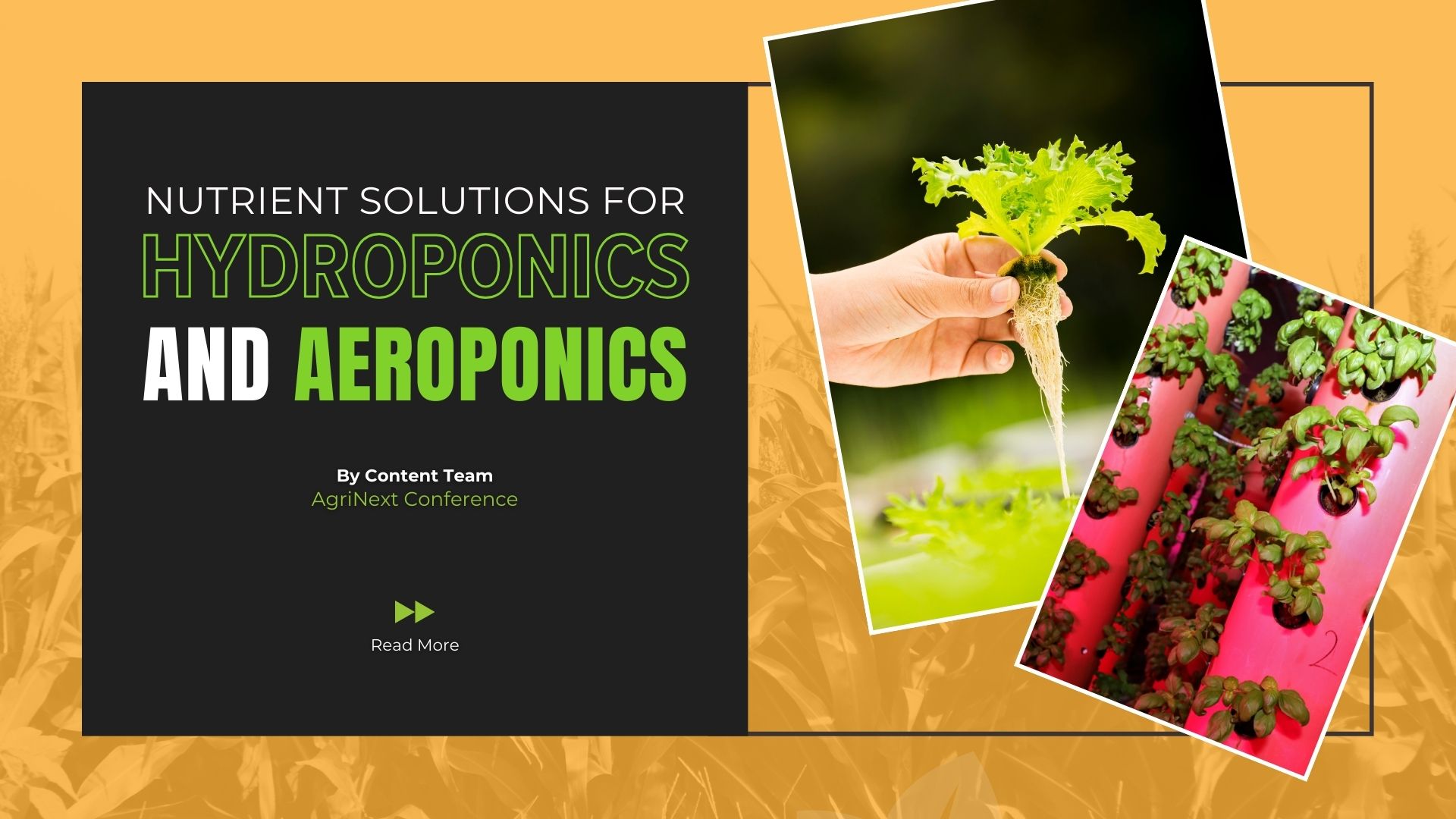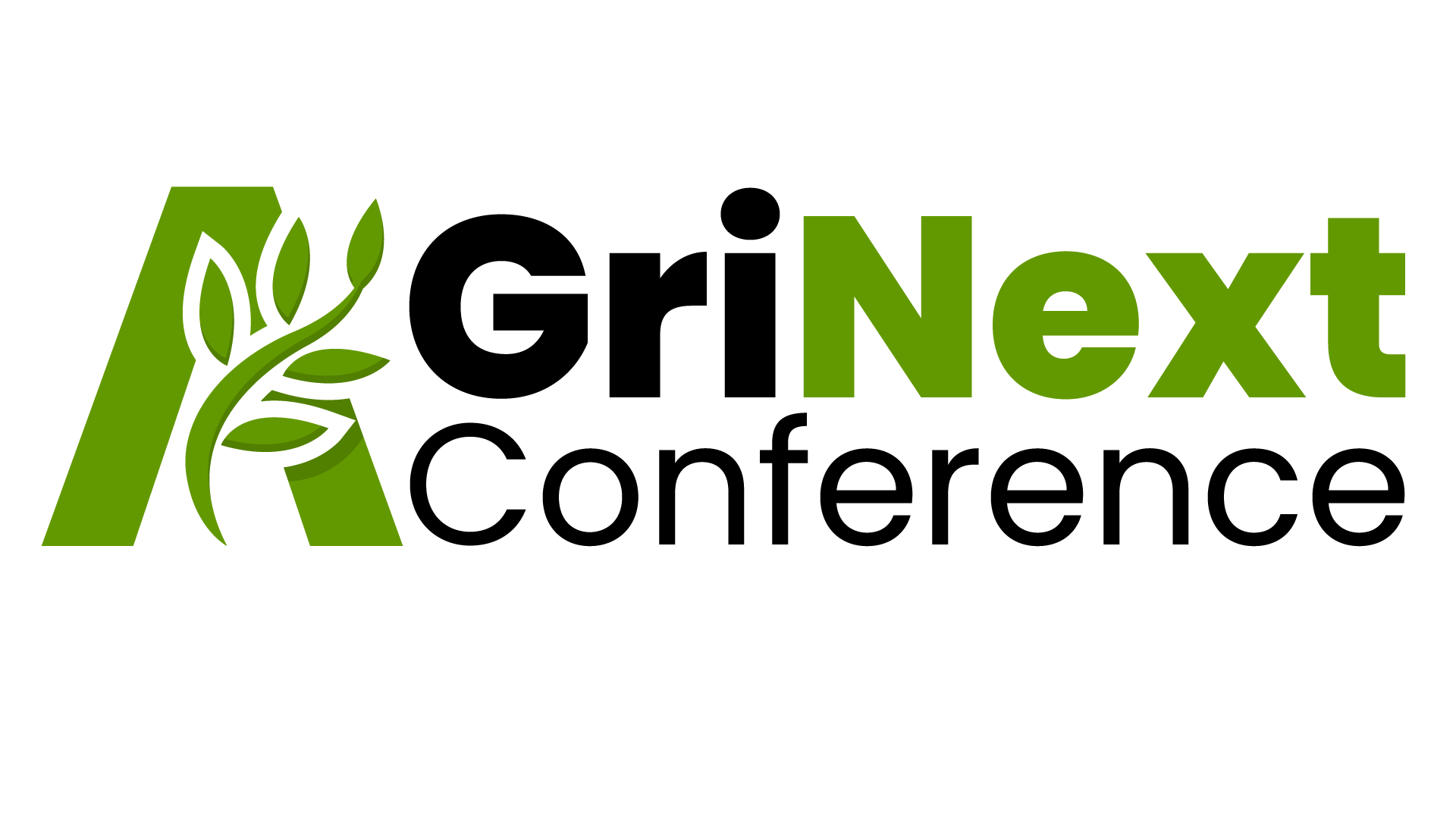
Introduction
Hydroponics and aeroponics are innovative soilless farming techniques that offer efficient and sustainable methods for growing crops. Both systems rely on nutrient solutions to provide essential minerals and nutrients to plants, but they differ in their delivery methods. Understanding the composition and application of these nutrient solutions is crucial for optimizing plant growth and maximizing yields.In this blog we will explore how nutrient solutions work in these systems and their benefits.
Hydroponic Nutrient Solutions
In hydroponics, plants are grown in a nutrient-rich water solution. This system allows precise control over the nutrients delivered to plants, ensuring they receive the optimal mix for growth.
Key Components
Macronutrients
Nitrogen (N): Vital for leaf and stem growth.
Phosphorus (P): Important for root development and flower/fruit production.
Potassium (K): Enhances overall plant health and disease resistance.
Secondary Nutrients
Calcium (Ca): Strengthens cell walls.
Magnesium (Mg): Central to chlorophyll production.
Sulfur (S): Integral to amino acids and enzymes.
Micronutrients
Iron (Fe), Manganese (Mn), Zinc (Zn), Copper (Cu), Molybdenum (Mo), Boron (B), and Chlorine (Cl) Essential in small amounts for various physiological functions.
Preparation and Use
Mixing: Combine water with commercially available hydroponic nutrient solutions or prepare a custom mix based on plant requirements.
pH Adjustment: Maintain the pH level between 5.5 and 6.5 to ensure nutrient availability.
EC Monitoring: Use an electrical conductivity (EC) meter to monitor and adjust nutrient concentration levels.
Aeroponic Nutrient Solutions
Aeroponics involves suspending plants in the air and misting their roots with a nutrient solution. This method promotes rapid growth and efficient nutrient absorption.
Key Components
The nutrient solution in aeroponics is similar to hydroponics, containing the same macronutrients, secondary nutrients, and micronutrients. However, the delivery method requires fine misting to ensure even distribution and absorption.
Preparation and Use
Mixing: Like hydroponics, nutrient solutions for aeroponics can be mixed from commercial products or custom formulations.
Misting: Roots are regularly misted with the nutrient solution using high-pressure nozzles.
pH and EC Management: Regularly monitor and adjust the pH and EC levels to maintain optimal growing conditions.
Hydroponics and aeroponics are advanced agricultural methods that use nutrient-rich solutions to grow plants without soil. By optimizing nutrient delivery, these systems offer efficient and sustainable food production.
Here are key considerations for managing nutrient solutions in these systems.
Customized Nutrient Blends
Crop-Specific Formulations: Tailor nutrient blends to specific crops like leafy greens, tomatoes, or cucumbers to meet their unique needs.
Growth-Stage Specific Formulations: Adjust nutrient blends for different growth stages, such as seedling, vegetative, and flowering stages.
Environmental Considerations: Adapt nutrient solutions based on climate, temperature, and light exposure to optimize plant health and productivity.
Concentration and Dilution
Optimal EC and ppm Levels: Maintain ideal electrical conductivity (EC) and parts per million (ppm) levels to ensure plants receive the right amount of nutrients.
Avoiding Over- and Under-Fertilization: Prevent root burn from over-fertilization and nutrient deficiencies from under-fertilization.
Adjusting for Water Quality and Temperature: Consider water quality and temperature when preparing nutrient solutions to maintain balance and effectiveness.
Water Quality
Monitoring pH, EC, and Temperature: Regularly check these parameters to ensure they remain within optimal ranges.
Adjusting for Water Hardness and Mineral Content: Modify nutrient solutions based on water hardness, alkalinity, and mineral content.
Using RO or DI Water: Employ reverse osmosis (RO) or deionized (DI) water to eliminate impurities and maintain nutrient solution purity.
Nutrient Ratio and Balance
Balancing NPK Ratios: Ensure the correct balance of nitrogen (N), phosphorus (P), and potassium (K) to support healthy plant growth.
Adequate Micronutrient Levels: Provide essential micronutrients like iron, manganese, and zinc to prevent deficiencies.
Nutrient Interactions and Synergies: Consider how nutrients interact and synergize to optimize overall plant health.
System Design and Management
Proper Circulation, Aeration, and Oxygenation
Ensure nutrient solutions are well-circulated and roots receive adequate oxygen.
Root Zone Temperature and Moisture Management
Maintain optimal root zone conditions to prevent stress and promote healthy growth.
Pest, Disease, and Contaminant Control
Monitor and manage potential threats to maintain a clean and healthy growing environment.
Regular Testing and Analysis
Monitoring Nutrient Levels, pH, and EC: Frequently test these parameters to maintain optimal nutrient solution balance.
Conducting Regular Water Tests and Analysis
Regularly analyze water quality to adjust nutrient solutions as needed.
Adjusting Nutrient Solutions Based on Test Results
Use test results and plant responses to refine and optimize nutrient solutions continuously
Benefits of Using Nutrient Solutions
Efficiency
Plants receive direct access to nutrients, leading to faster growth rates and higher yields.
Resource Conservation
These systems use less water than traditional agriculture, as the water in hydroponic systems is recirculated.
Space Utilization
Both hydroponics and aeroponics can be set up in urban environments or areas with poor soil quality, making them ideal for urban farming and vertical farming.
Pest and Disease Control
Soil-borne diseases and pests are virtually eliminated, reducing the need for pesticides.
CaseStudy:AeroFarms(Newark, New Jersey, USA)
Website: AeroFarms
Crops: Leafy Greens (Lettuce, Kale, Spinach)
Challenge
- Increase crop yields and quality in their indoor aeroponic farm
- Reduce water usage and minimize environmental impact
- Optimize nutrient solution for diverse leafy greens and herbs
Steps Taken
Nutrient Formulation
Collaborated with agronomists to create a balanced nutrient solution rich in nitrogen, phosphorus, and potassium, with essential micronutrients.
System Setup
Installed high-pressure misting systems to ensure uniform distribution of the nutrient solution to the plant roots.
Monitoring
- Implemented real-time pH and EC monitoring to maintain optimal nutrient levels and adjust as needed.
- Implemented a continuous harvesting and pruning system to increase yields
Result
- Increased crop yields by 30% and improved quality
- Reduced water usage by 95% compared to traditional farming methods
- Achieved consistent and balanced nutrient levels, reducing crop stress and diseases
- Expanded crop diversity and introduced new products to the market
Key Takeaways
Aeroponic systems with precision nutrient delivery can significantly improve crop yields and quality
Customized nutrient solutions and data-driven approaches are crucial for optimizing aeroponic systems
Continuous harvesting and pruning systems can increase yields and reduce labour costs
AeroFarms has demonstrated the importance of tailored nutrient solutions, precision dosing, and data-driven approaches in hydroponic farming. By addressing specific challenges and implementing targeted solutions, AeroFarms achieved significant improvements in crop yields, water efficiency, and environmental sustainability.
Case Study: Green Sense Farms(Chicago, Illinois, USA)
Green Sense Farms
Challenge
- Improve crop yields and quality in their indoor hydroponic farm
- Reduce water usage and minimize environmental impact
- Optimize nutrient solution for diverse crops (leafy greens, herbs, and microgreens)
Solution
- Implemented a customized nutrient solution with precision dosing and monitoring
- Adjusted pH, EC, and nutrient levels based on crop-specific requirements and growth stages
- Integrated a data-driven approach using sensors, software, and regular water testing
- Implemented a water recirculation system to minimize waste and reduce water usage by 90%
Results
- Increased crop yields by 25% and improved quality.
- Reduced water usage by 90%.
- Achieved consistent and balanced nutrient levels, reducing crop stress and diseases.
- Expanded crop diversity and introduced new products to the market.
Key Takeaways
- Customized nutrient solutions and precision dosing can significantly improve crop yields and quality.
- Data-driven approaches and regular monitoring are crucial for optimizing nutrient solutions.
- Water conservation and recirculation systems can minimize environmental impact.
Green Sense Farms has also exemplified the value of precision nutrient management and data-driven techniques in aeroponic farming. By overcoming unique challenges and deploying specialized solutions, Green Sense Farms significantly enhanced their crop yields, water usage efficiency, and environmental sustainability.
Best Practices For Managing Nutrient Solutions
Regular Monitoring
Continuously monitor nutrient levels and pH to ensure they remain within the optimal range.
Clean Systems
Regularly clean and sterilize the system to prevent the buildup of pathogens and algae.
Quality Nutrients
Use high-quality, balanced nutrient solutions tailored to the specific needs of the plants being grown.
Conclusion
Hydroponics and aeroponics are transforming modern agriculture by maximizing efficiency and sustainability.
Nutrient solutions are the lifeblood of hydroponic and aeroponic systems, providing plants with the essential elements they need to thrive. By carefully formulating and managing these solutions, farmers can achieve remarkable growth rates and yields, making soilless farming a viable and sustainable option for the future.
The AgriNext Awards Conference & Expo
The AgriNext Awards Conference & Expo, held in Dubai, will spotlight innovative techniques for hydroponics and aeroponics, showcasing advanced methods for sustainable farming. Experts will present cutting-edge research and practical applications tailored for these soilless farming systems. By focusing on optimizing various aspects of these techniques, AgriNext emphasizes the potential for enhanced plant growth and yield, aligning with global efforts to address food security and environmental sustainability. A must-attend event for modern farming innovators.
Signup For AgriNext Conference Newsletter


